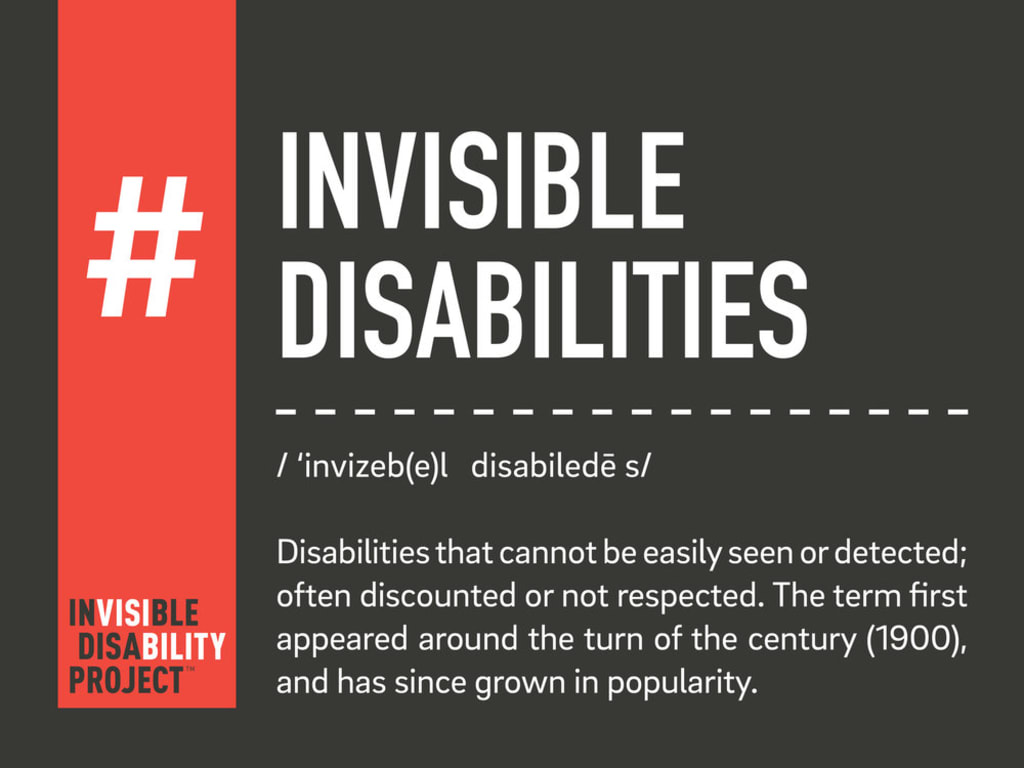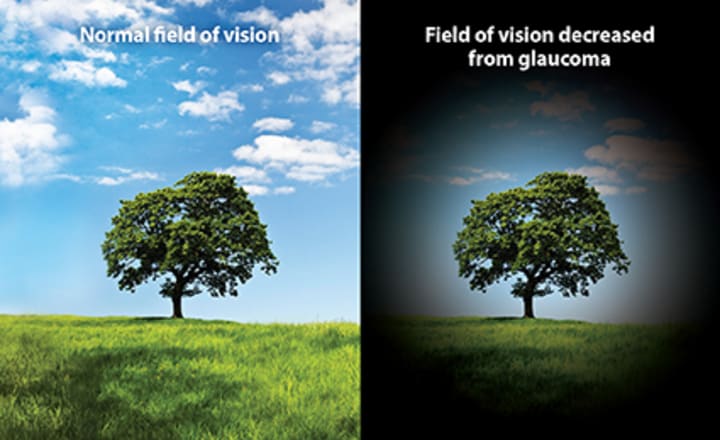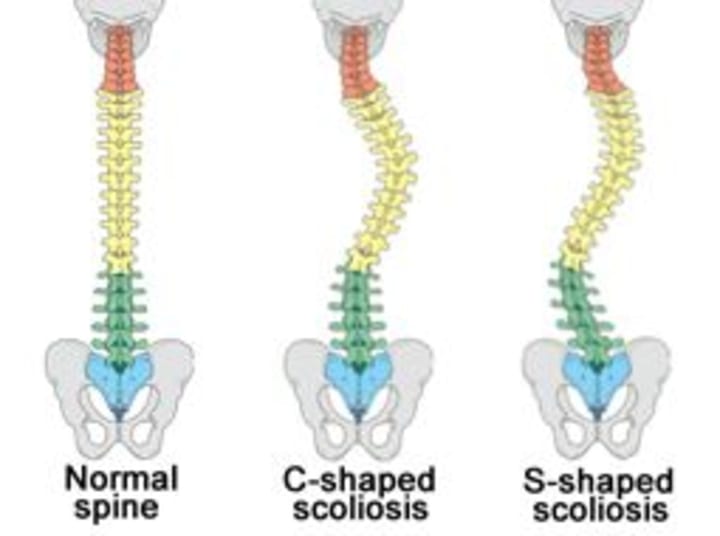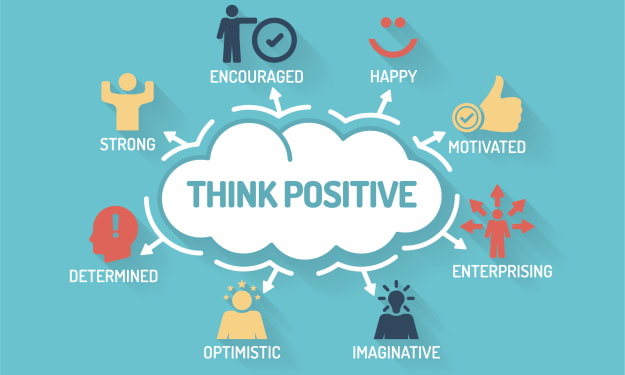Living with Invisible Disabilities
Not All Disabilities Are “Visible”

I’m going to start by defining what I mean by “invisible disability”. When someone says the word “disability” to you, what comes to mind? Probably wheelchairs, white canes, hearing aids, and other visible aids for the disabled. You may think of people who are paralyzed, who have a service dog, or otherwise show visible signs of being disabled. Just to be clear, I’m not talking about mental health. Mental health issues such as depression and anxiety are indeed invisible, but have the term “mental health” to be recognized under. Asked to explain “mental health”, most people would probably have some idea of what to say. Listing things like depression, anxiety, PTSD, and other mental health issues. What I’m talking about is everything else. The disabilities that are less known, or less spoken about. The ones that aren’t recognized or understood by the general public.
I am twenty six years old, and I have five disabilities. None of which are classified as cognitive or intellectual disabilities. All of them are invisible. I was born six weeks premature. This resulted in a stroke at birth, which in turn gave me mild cerebral palsy, and a nonverbal learning disability. Mild cerebral palsy can also be referred to as floppy CP. Unlike spastic CP which tightens and restricts muscle movement, floppy CP is the reverse in that it results in less muscle control. The easiest way I’ve learned to explain it is like a person who’s had a stroke on their left side. I have no fine motor skills in my left hand, and even some gross motor skills on that side require extra effort or concentration on my part. Having a nonverbal learning disability means that I need to hear things to understand them. I also often miss nonverbal social cues like handshakes, and other physical gestures found in social interactions.
The hardest part of having invisible disabilities has always been having to explain them to other people. First, it was my mother doing it. Explaining them every year to my new teacher while I was in public school. My disabilities weren’t severe enough to put me in Special Ed classes, but regular classes didn’t work either because the teachers had no idea how to teach a child with disabilities. So in the middle of third grade, I transferred to a private school. This school specialized in teaching children with a variety of challenges/disabilities. Any and all supports were built in to every class. With the support of this school, I was able to graduate as an Ontario scholar.

At ten years old, I was diagnosed with pediatric glaucoma. The doctors told my parents that it had probably gone undiagnosed for five or six years. This was attributed to a visual field deficit that I already had due to the stroke at birth. Glaucoma is essentially a build up of pressure in the eyes, which causes gradual vision loss. It can be managed with eye drops, but the damage can’t be undone. I have about ten degrees of central vision, no peripheral vision and no depth perception. I’m considered legally blind. The way I describe it to people is like looking through a pair of straws. I bump into things a lot, tables, doorways, people. I can easily lose track of someone in a crowd, so I hold their arm constantly. When I do lose someone, it’s disorienting, confusing and scary. Stairs are also difficult for me, particularly going down them. Having no depth perception means I can’t see the edges of steps, so I’m constantly worried I’ll step too far and fall. The way I cope with this is keeping a tight hold on any railing I can find, or else taking the stairs very slowly.
At thirteen I was diagnosed with scoliosis. My spine was curved in an ‘S’ shape, so a month into ninth grade I had back surgery. Six weeks of recovery later, and I was back at school. My spine may be straight now, but my back is also more susceptible to pain. I periodically get varying kinds of back pain, from aches to sharp shooting pains, and back spasms. This is most likely from the scar tissue in my back muscles. The worst is when the area around my spine is affected. I’m able to feel where the titanium rods are, and that’s not good because as far as my body is concerned, they are foreign material that shouldn’t be there.

About four years ago, I reached a point where I could no longer sit in regular classroom chairs for long periods. My back would completely spasm up to the point where I was in tears. Now if I’m going to sit anywhere for long stretches of time, I need a proper office chair. I also can’t stand or walk for extended periods without taking breaks. If I go longer than about three hours without a break, my back starts to stiffen up, and can then easily spasm.
At seventeen I experienced a fainting spell and a full blown seizure in the span of a few months. The doctors took this information and diagnosed me with epilepsy. Apparently it isn’t uncommon for children who had a stroke at birth to develop epilepsy in their teens. I was put on anti seizure medications, and tried various combinations for four and a half years. Nothing seemed to really make a difference, so they finally sent me to an epilepsy monitoring unit. I was there for seventeen days, constantly hooked up to an EEG. At the end of it all, they concluded that I didn’t have epilepsy. What I had was migraines with auras that presented like complex partial seizures. I’ve been seeing a migraine specialist, and that’s made a huge difference. The migraines with auras, which I used to get anywhere from two to five times a week, are now down to about two every three months. Regular migraines are also less frequent, occurring once every seven to eight days on a good week, and maybe three or four times on a bad week. The trouble with chronic migraines is that they make me really tired, and make focusing on anything really hard. So when I have one, a lot of times any plans I had for later in the day are either cancelled, or need to be modified.

As I mentioned earlier, thanks to my private school I was able to graduate as an Ontario scholar. I had great grades, and was looking forward to starting university. The harsh truth I was confronted with was that university was not set up to help students with disabilities. I applied for and was given accommodations, but they barely made a difference. Even getting the right accommodations was like pulling teeth. In a discussion my mother had with the head of their disability support department (she’s always been my biggest advocate), she was told in no uncertain terms that some people (read: disabled people) just weren’t meant to succeed at this university. I dropped out shortly after this conversation. I have been in and out of various post secondary institutions since 2012. I only just completed a program back in August of 2020.
Let me be clear when I say I’m not feeling sorry for myself. I’m proud of what I’ve accomplished despite all these challenges. I wrote this to illustrate what invisible disabilities look like, and the challenges they pose. Although many people are kind and understanding when I explain my disabilities, some are not. I’ve had people not believe me because I “look normal”. I’ve also had people stop listening at the word disability, and treat me like a mentally handicapped four year old. Neither are helpful, and both are offensive. I know I can’t speak for everyone out there who has invisible disabilities, or understand what their personal experience has been. I just hope that maybe my words can help someone, can start a conversation. Maybe even make a change in the way the world views and understands invisible disabilities.






Comments
There are no comments for this story
Be the first to respond and start the conversation.